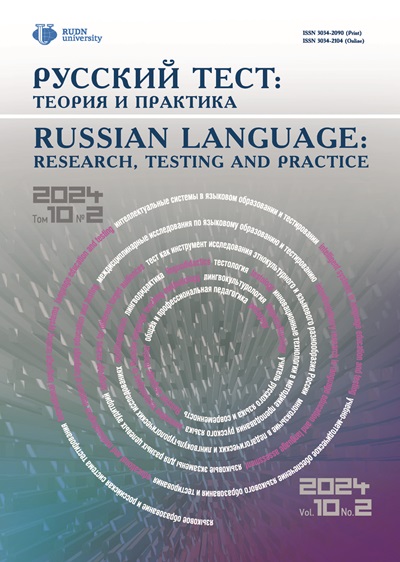Abstract
Russian as a foreign language testing systems in Russia and China are compared using the example of the first certification level (TORFL-1) and the Chinese Russian test (Fourth level). The structure and content of Russian as a foreign language testing in both countries are analyzed, their differences and similarities are revealed, and an attempt is made to explain why Russian teachers pay more attention to oral speech in the learning process, while Chinese teachers pay more attention to written speech and grammar. As follows from the comparative analysis conducted in the article, according to the rules of the TORFL-1/B1, more points and time are given for the «Speaking» subtest, and in Russian universities at intermediate certifications, most exams and tests are conducted orally, therefore, in the process of teaching Russian as a foreign language, Russian teachers can focus specifically on the development of oral speech. Russian Language Testing program developers-4 (TRA-4) pay more attention to grammar, therefore, Chinese teachers may pay less attention to oral speech during Russian test training. A comparative characteristic of the tactics of conducting intermediate certifications according to the level of mastery of RCT in Russian universities and in Chinese is also given. It is concluded that the nature of education and priorities in teaching aspects of language and types of speech activity may depend on control, including state standardized testing.










